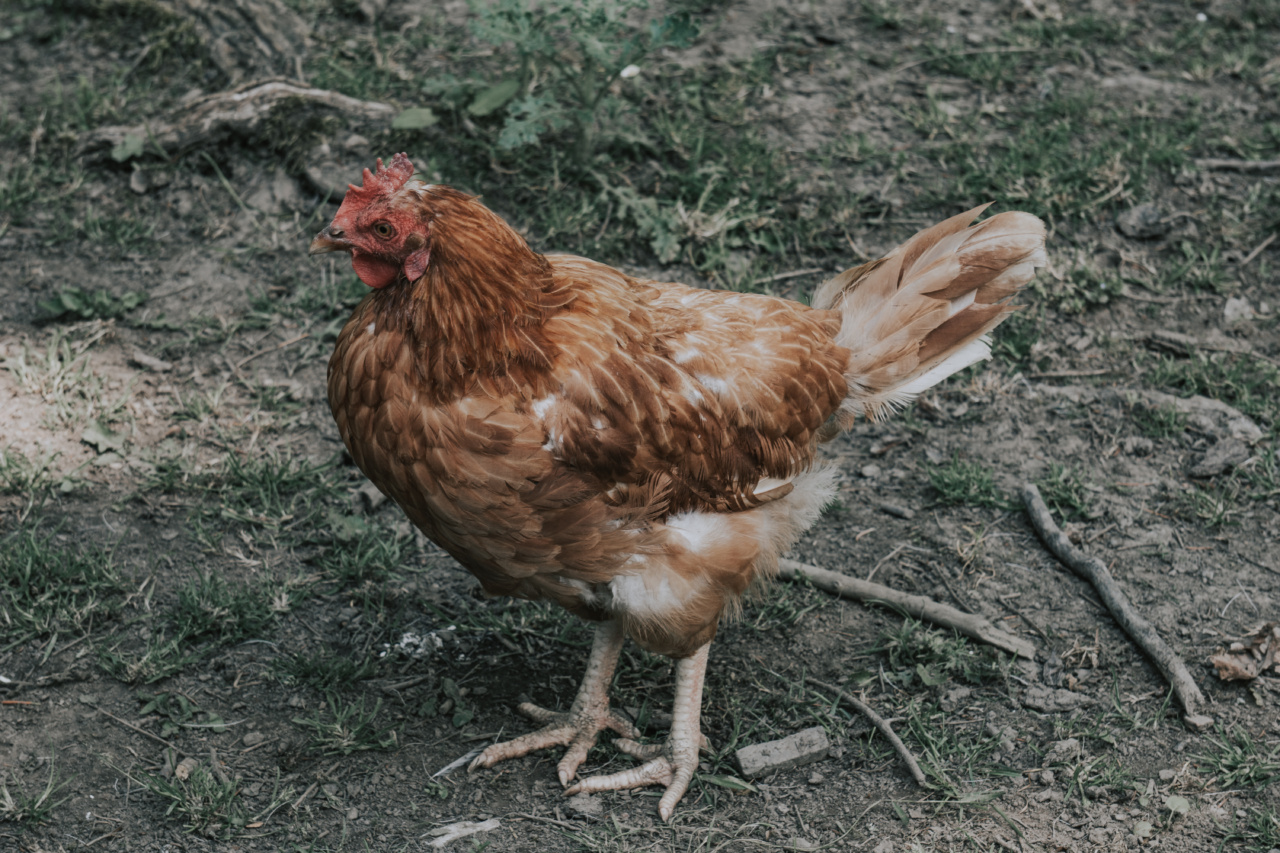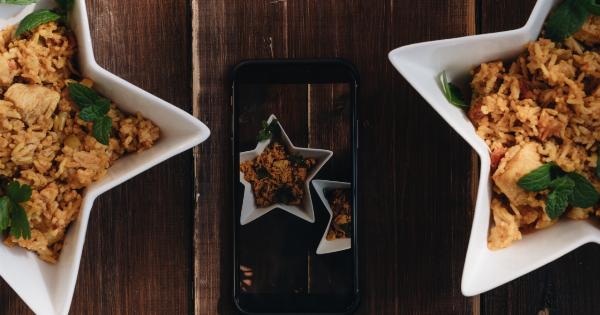When it comes to cooking chicken, many people have various techniques for ensuring the meat is clean and free from any potential bacteria.
One common practice is washing chicken before cooking it, but did you know that this method may actually do more harm than good? In fact, experts recommend leaving the chicken washing to the professionals. Let’s take a closer look at why you should reconsider washing chicken and explore alternative ways to ensure food safety.
1. The Spread of Bacteria
Contrary to popular belief, washing chicken under running water can actually increase the risk of spreading bacteria.
When you rinse raw chicken, water droplets can splash onto nearby surfaces, utensils, and even your own hands, spreading harmful bacteria like salmonella. Even if you diligently clean your sink or countertops afterward, it’s nearly impossible to eliminate the risk entirely.
2. Cross-Contamination Hazards
In addition to the spread of bacteria, washing chicken can also lead to cross-contamination with other foods in your kitchen. As the water splashes around, it can contaminate cutting boards, knives, and any nearby ingredients.
This poses a serious health risk, as these contaminated surfaces can then come into contact with other raw foods or ready-to-eat items.
3. Bacteria Isn’t Washed Away
While washing chicken may make you feel like you’re removing dirt or bacteria from the surface, the reality is quite different. Studies have shown that washing poultry has minimal effect on reducing bacterial contamination.
The heat from cooking is what will ultimately kill any potentially harmful bacteria present on the chicken.
4. Proper Cooking Kills Bacteria
Instead of relying on washing to eliminate bacteria, it is far more effective to focus on proper cooking techniques. Cooking chicken to the appropriate internal temperature (165°F or 74°C) ensures that any harmful bacteria are killed.
By redirecting your efforts towards cooking hygiene, you eliminate the risks associated with washing chicken and guarantee a safe and delicious meal.
5. Avoiding Splatter and Cleaning Hassles
Washing chicken can be a messy process, with water splattering all around the sink and countertops. This means extra cleaning efforts to maintain a hygienic kitchen.
By skipping the chicken washing step, you can save yourself from additional cleanup duties and simplify your cooking routine.
6. Quality Retention
When you wash chicken, you may inadvertently compromise the quality and taste of the meat. The additional moisture on the chicken’s surface can interfere with browning during cooking, resulting in less desirable appearance and texture.
By letting go of the chicken washing ritual and using other food safety methods, you can enjoy chicken that looks and tastes better.
7. Time-Saving
Eliminating the step of washing chicken can save you precious time in the kitchen. With many of us leading busy lives, any opportunity to streamline meal preparation is welcome.
By following expert advice and skipping the chicken washing, you can focus on more essential aspects of cooking without sacrificing food safety.
8. Safer Alternatives
So if you shouldn’t wash chicken, what can you do to ensure food safety? Here are some safer alternatives:.
a) Proper Storage
The first step in food safety begins even before you bring the chicken home. Be sure to store raw chicken in a secure plastic bag or container to prevent any juices from coming into contact with other foods.
Ensure that the chicken is stored in the coldest part of your refrigerator to minimize bacterial growth.
b) Clean and Sanitize Surfaces
Before and after handling chicken, it’s crucial to thoroughly clean and sanitize all surfaces and utensils that come into contact with the raw meat.
Use hot soapy water or a mixture of bleach and water to ensure proper sanitation and reduce the risk of cross-contamination.
c) Separate Cutting Boards
Use separate cutting boards for raw meats and other ingredients to avoid cross-contamination. This simple practice can go a long way in preventing the spread of bacteria from raw chicken to other foods.
d) Use a Food Thermometer
Invest in a reliable food thermometer to ensure that your chicken is cooked to the appropriate internal temperature. This is the most accurate way to determine if it is safe to consume and if any potential bacteria has been eliminated.
e) Practice HACCP Principles
Hazard Analysis Critical Control Points (HACCP) is a systematic approach to food safety that helps identify and prevent hazards in food production.
By implementing HACCP principles in your kitchen, you can ensure that your cooking process follows the highest food safety standards.
9. Expert Recommendations
Various reputable sources support the idea of avoiding chicken washing. For example, the United States Department of Agriculture (USDA) advises against washing poultry.
The UK Food Standards Agency also states that washing raw chicken can spread bacteria, and it is unnecessary if proper cooking methods are followed. These recommendations emphasize the importance of proper cooking rather than washing to ensure food safety.
10. Spread the Word
It’s essential to educate others about the potential risks of washing chicken. By spreading awareness about the dangers of this common practice, we can collectively improve food safety practices in our homes and communities.
Share this article with your friends and family to help keep everyone safe in the kitchen.



























